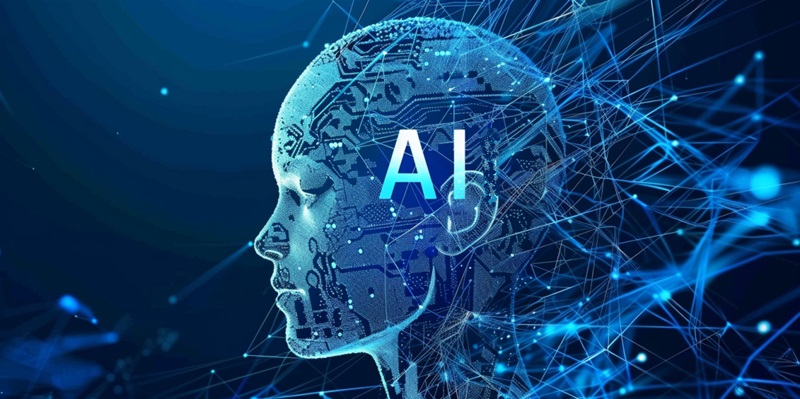In the innovative sphere of generative AI, the role of Large Language Models (LLMs) is morphing with undeniable quickness. What began as general admiration for their ability to emulate intelligent conversation has now transitioned to a recognition of their potential as specialized tools. This seismic shift from all-purpose models like GPT-4 to narrowly focused counterparts is being catalyzed by the increased demand for specialized skillsets. Through this article, we delve into this evolutionary journey, tracing the path from generalized foundations to the sharp acumen of domain-specific models.
The Limitations of Generalist Large Language Models
Challenges with Accuracy and Domain Expertise
General-purpose LLMs, although broad in scope, frequently struggle to muster the deep domain expertise necessary for many professional fields. While their discourse may seem cogent, the devil lies in the details—a lack of precision and a proneness to factual inaccuracies. This is particularly troublesome in sectors such as healthcare and law, where stakes are high and misinformation can have real-world consequences. The implications of these errors are not trivial; they can undermine the credibility of AI as a tool for reliable decision-making.
Demand for Specialized Knowledge and Performance
The transition towards specialization in LLMs is not merely a technological aspiration but a response to a market pulling for higher skilled AI tools. Industries are rapidly recognizing the inadequacies of generalist models when confronted with complex, nuanced tasks. There’s now a burgeoning appetite for LLMs that can mirror human experts, understanding and generating content with the subtlety and intricacy that specialized domains require.
Emergence of Domain-Specific Large Language Models
Pioneers of Specialization in AI
This need has given rise to specialist LLMs such as LEGAL-BERT, which has been trained to comprehend and generate legal language, BloombergGPT, with its finance-centered intelligence, and Med-PaLM, a model focused on medical advice. These domain-specific LLMs undergo a rigorous fine-tuning process, almost akin to an intensive education in their respective fields, which sharpens their focus and effectiveness within particular sectors. The specificity of such models offers tailored solutions that more accurately perform tasks and answer queries, thereby surpassing the capabilities of their generalist predecessors.
Cost and Challenges of Specialization
Developing specialized LLMs comes with its own set of formidable economic and computational challenges. Much like any advanced form of education, the cost is substantial. Training these models demands significant financial investment, as well as an array of data and specialist input—necessities that imply a high barrier of entry. And once rolled out into the world, the need for regular updating to incorporate the latest knowledge can be as logistically demanding as it is costly.
Overcoming the Specialization Hurdle
Fine-Tuning vs. Retrieval-Augmented Generation
Comparing fine-tuning with Retrieval-Augmented Generation (RAG) offers fascinating insights into the trade-offs of these methods. Fine-tuning allows an existing model to become more proficient within a particular domain, tailoring its responses accordingly. RAG, on the other hand, supplements a model’s outputs with the latest pertinent information fetched from external sources. It can be quicker and cheaper, but its reliance on external information can introduce latency, possibly compromising the user experience.
Innovations in Model Development Strategies
One novel strategy that’s emerged is the “council of specialists”—an assembly line of lower-parameter LLMs specializing in different domains. This approach, which consolidates various specialized models, paves the way for less resource-demanding and more cost-efficient AI systems. The resilience of this system lies in its composite nature; the collective knowledge of these specialized units can enhance accuracy and offer a robust buffer against individual model errors.
Strategic Implications for AI Development
Democratizing Development with Specialized LLMs
The innovative “council of specialists” framework has the potential to level the playing field, providing opportunities for smaller enterprises to create and maintain competitive LLMs. These organizations can develop and refine their AI assets, focusing on niche areas that match their expertise. The ability to continuously update these models via RAG offers the benefits of specialization while curbing data stagnation.
Balancing Expertise with Cost and Reliability
The realm of generative AI and Large Language Models (LLMs) is rapidly evolving. Initially applauded for mimicking intelligent dialogue, these models are increasingly seen as specialized instruments. A substantial move from jack-of-all-trades models like GPT-4 to those with targeted expertise reflects a market shift toward specialized skills.
We’re witnessing this transition from LLMs’ broad capabilities to precision tools with fine-tuned proficiency. As user needs become more sophisticated, these advanced models are being tailored to meet precise demands across various domains.
The development from general to specialized AI demonstrates a natural progression in technology. Generative AI is no exception, meeting the complex requirements of users by evolving from a one-size-fits-all approach to bespoke solutions. This evolution signifies an AI landscape where specialized LLMs are not just favorable but increasingly necessary for addressing complex, industry-specific needs with greater effectiveness.

